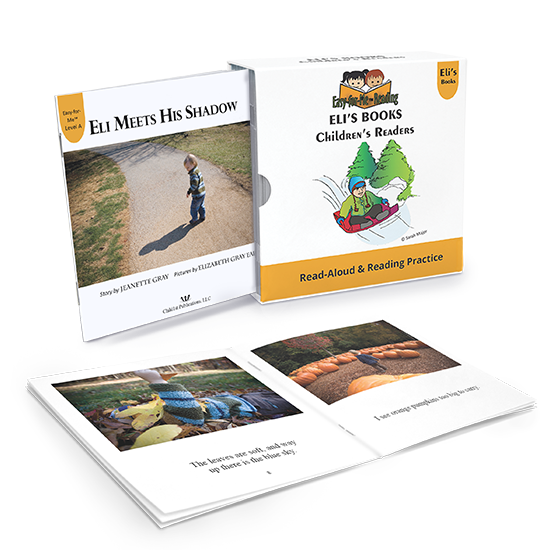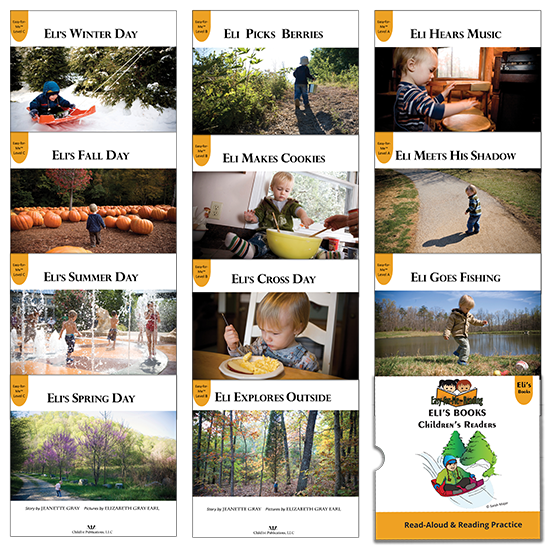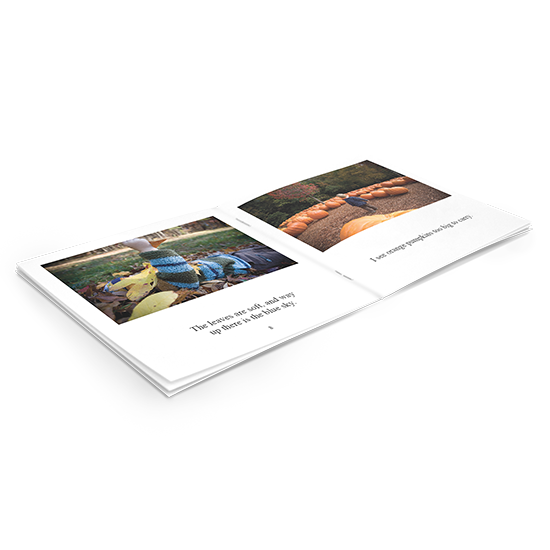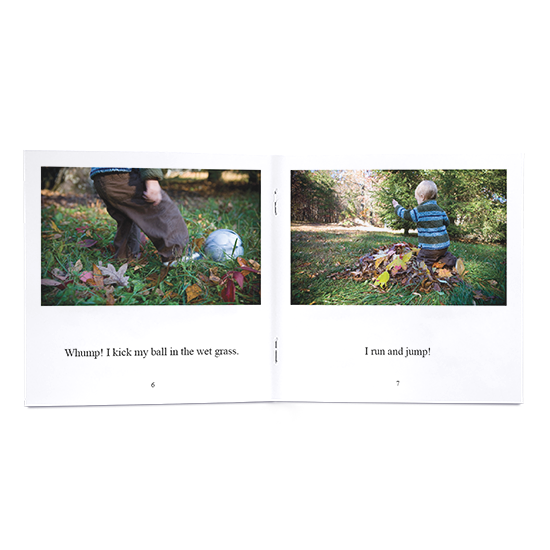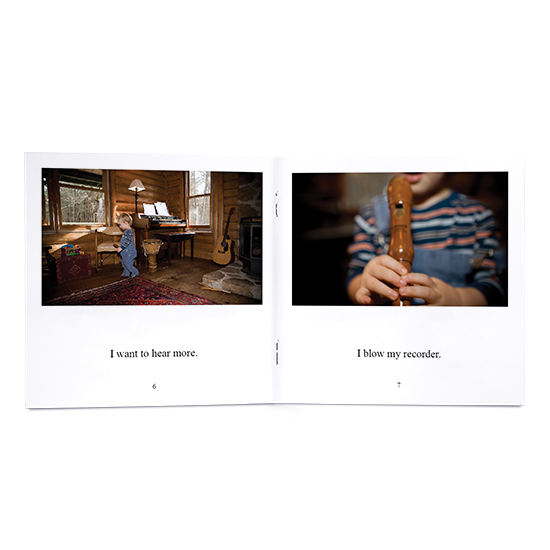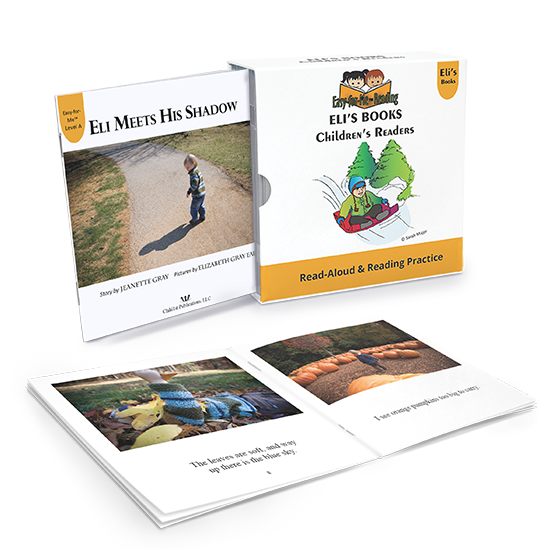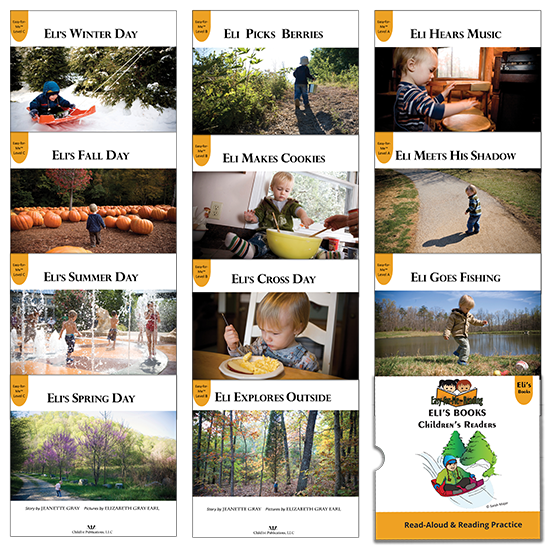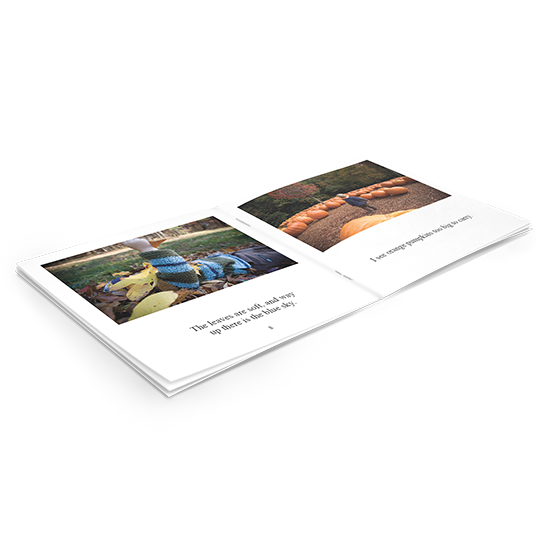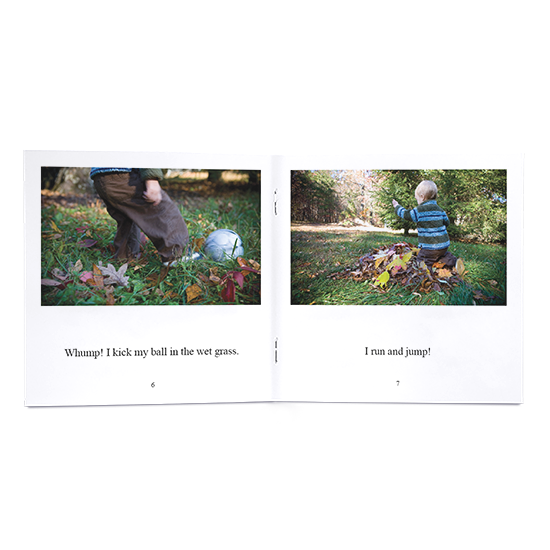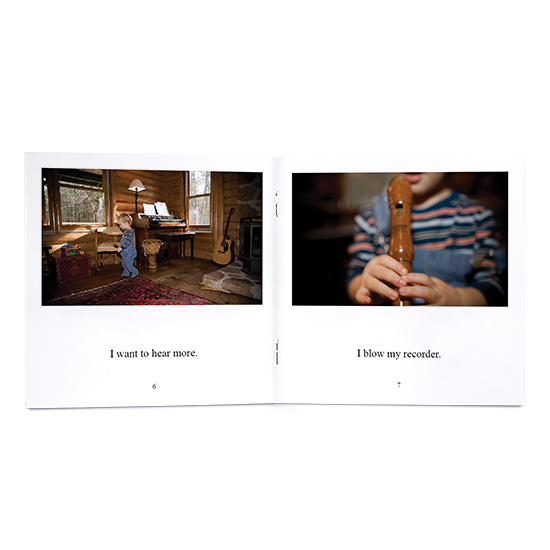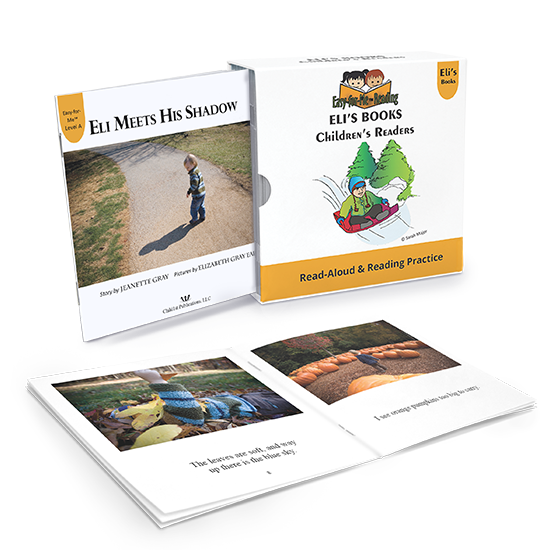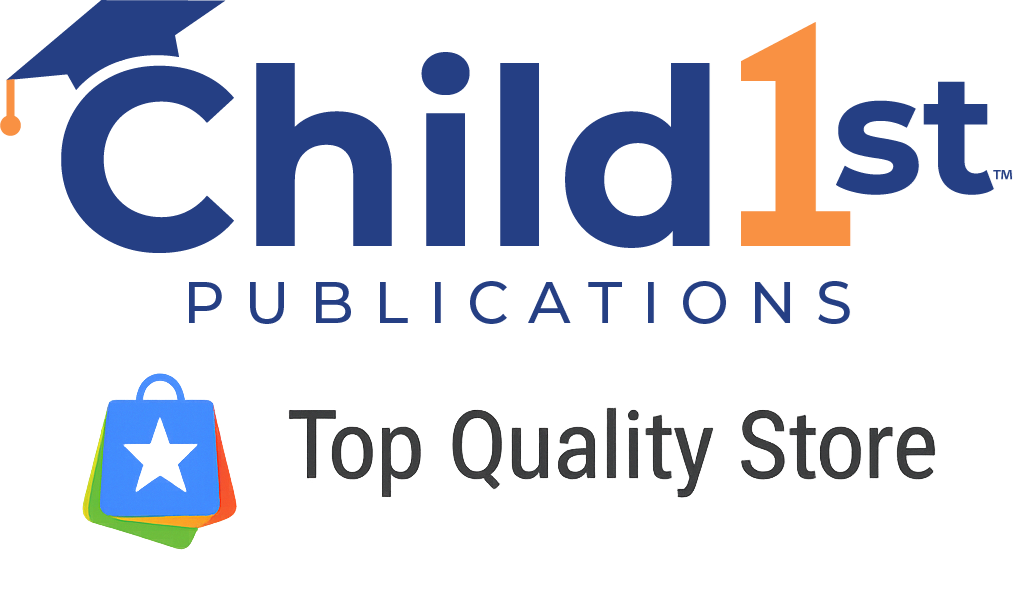Description
Product Specs
Related Articles
Tools & Resources
Eli’s Books Children’s Readers are wonderful to use as read-alouds for preschoolers - children love them! They are also great for providing reading fluency practice for children learning SnapWords® Lists A-C.
Eli's Books Children's readers follow two-year-old Eli as he explores, learns, and grows with the help of his family and friends. Join Eli as he learns how to bait a hook while fishing, uses kitchen tools while baking cookies, discovers different parts of nature while hiking in the woods, and more.
About this product
This edition includes 11 24 page stories. Books are 5.5" x 5.5". All photographs are full color.
Eli’s Books Children’s Readers include 11 books and correspond with SnapWords® Levels A – C.
You may also like
FAQs
Recently viewed



